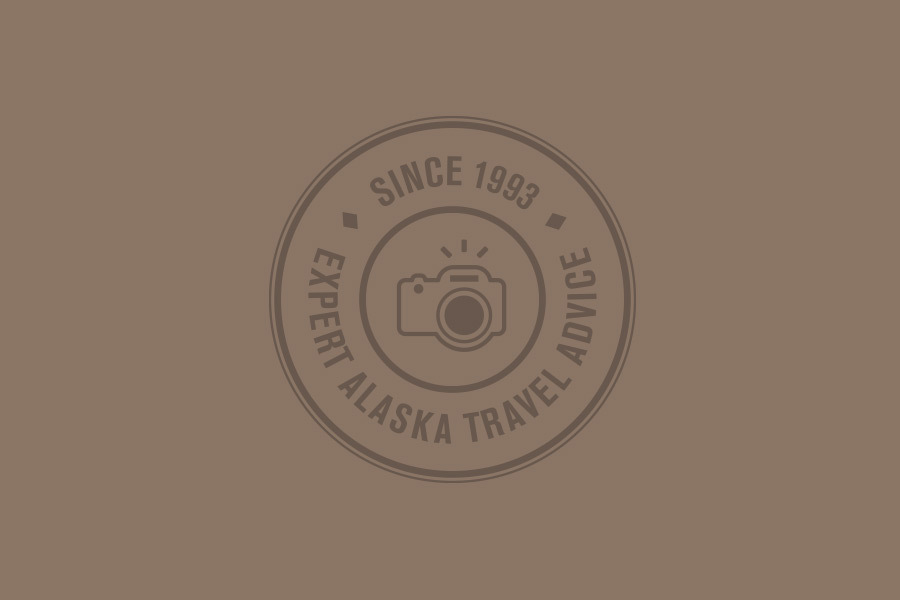Nome Museums, Cultural Centers
There’s a lot to see and do in Nome, but before you get started, take some time to learn about its history, Native cultures and natural environment at three modern and engaging interpretive centers: the Carrie M. McLain Memorial Museum, the Kawerak Katirvik Cultural Center, and The Bering Land Bridge Visitor Center.
For decades, the Carrie M. McLain Memorial Museum has been collecting and preserving, documenting and displaying, the history of Nome. The museum received an entire makeover in 2016, and is located in the new Richard Foster Building. Its permanent exhibit organizes its displays thematically. This should be one of your first stops, to help you put the rest of your visit in context.
Also in the Richard Foster Building, you’ll find the Kawerak Katirvik Cultural Center, a place for sharing and understanding the traditions and languages of the Indigenous cultures of the Bering Straits Region. The center is not a museum, although it does have artifacts on display. It’s a gathering space for reflecting on and strengthening Native traditions into the future, and it’s where you might find Native dancing or storytelling.
Stop by the Bering Land Bridge National Preserve Visitor Center on Front Street to learn about prehistoric Beringia, when great migrations of people migrated from Asia to North America. Find out what life was like thousands of years ago as woolly mammoths and scimitar cats roamed this land.
Show Map
Museums, Cultural Centers
Go back to Beringia, way back, to a time when woolly mammoths and scimitar cats roamed the land. To a time when a 1,000-mile-wide migration corridor linked Alaska and Russia. (That’s how indigenous people got to North America.) Learn all about it at the Bering Land Bridge National Preserve Visitor Center.
Opening in October 2016! Kawerak Katirvik Cultural Center is a meeting place for sharing, celebrating and understanding the cultural traditions and language of the Central Yup’ik, St. Lawrence Island Yupik and Inupiaq peoples of the area. Call ahead for events, which can include Elder stories and dancing. Or stop by to check out the interactive educational displays.
Discover gold nuggets from Nome’s rich history at the Carrie M. McLain Memorial Museum, open Tuesday – Saturday in the Richard Foster Building. Interactive exhibits feature the natural landscape, Alaska Native artwork, and the town of Nome from its Tent City beginnings to its present-day role as a regional hub.

